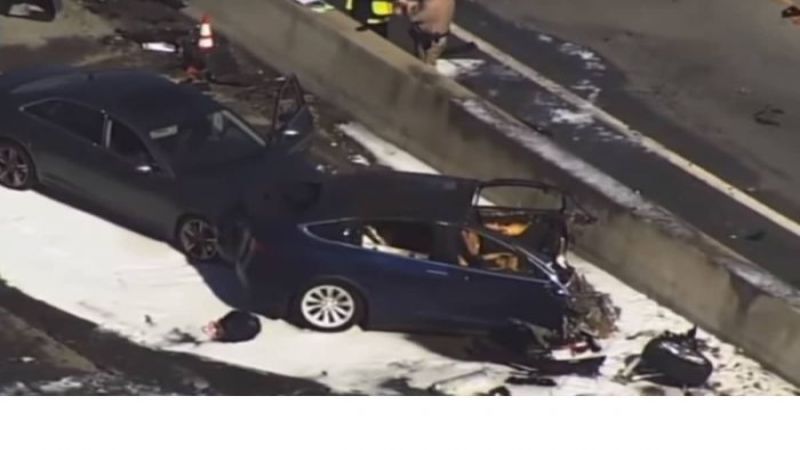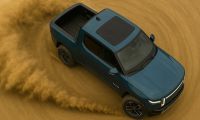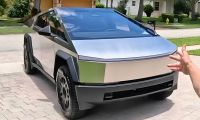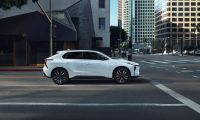In September of 2017, the National Transportation Safety Board (NTSB) released the findings of its study of a 2016 Tesla Model S crash that killed the occupant while the car was in Autopilot mode. In that crash, a Tesla Model S operating in Autopilot mode drove straight into the side of tractor trailer killing the occupant in the Tesla. That Autopilot mode was operating the vehicle above the speed limit was not judged to be a major reason for the crash. However, some of the reasons that NTSB did list seem to match very closely the reasons that Tesla itself gives for this most recent Autopilot fatality in which a Model X drove itself straight into a lane divider, killing its occupant.
In the 2017 NTSB report, titled Driver Errors, Overreliance on Automation, Lack of Safeguards, Led to Fatal Tesla Crash, the group lists in bullet point format why the first fatal Autopilot crash happened. Two of the bullet point causes include:
• The Tesla driver’s pattern of use of the Autopilot system indicated an over-reliance on the automation and a lack of understanding of the system limitations.
• The way in which the Tesla “Autopilot” system monitored and responded to the driver’s interaction with the steering wheel was not an effective method of ensuring driver engagement.
Just days after the most recent Autopilot fatality occurred, Tesla released information on the crash. It sounds almost like Tesla cribbed its notes from the NTSB’s report from six months earlier. Tesla said the following:
“The driver had received several visual and one audible hands-on warning earlier in the drive and the driver’s hands were not detected on the wheel for six seconds prior to the collision.” Is what Tesla is saying here not the same thing as, “The way in which the Tesla Autopilot system monitored and responded to the driver’s interaction with the steering wheel was not an effective method of ensuring driver engagement.”
Tesla went on to say, “The driver had about five seconds and 150 meters of unobstructed view of the concrete divider with the crushed crash attenuator, but the vehicle logs show that no action was taken.” Is this not very similar to the prior problem the NTSB had noted when it said, “The Tesla driver’s pattern of use of the Autopilot system indicated an over-reliance on the automation?”
It seems pretty clear that some Tesla owners are not on board with the idea that Autopilot is a driving aid. They treat the system like it is an automatic pilot of some kind. Can’t imagine where they got that idea from.
Related Story: Tesla Police Blotter News - Tesla Driver Hits Parked Firetruck - Blames Autopilot












Comments
And how many drivers died at
Permalink
And how many drivers died at the same time through simply not paying attention to the road due to distracted driving? Or by being impatient and driving recklessly. I see those effects happening daily in my commute. Auto driving technologies are evolving rapidly due to Tesla and other automaker's commitments to developing and implementing the technologies. And just like other assisted safety technologies like traction control, ABS, air bags, they are imperfect, but far better than not having them.
I get your point, but the
Permalink
In reply to And how many drivers died at by DeanMcManis (not verified)
I get your point, but the number of drivers killed, in any fashion, in other $130K vehicles the size and shape of a minivan since the Model X launched may well be zero. Vehicles like the Lexus RX and Highlander have gone many years with a "zero driver death rate." If Tesla wants to be considered special the "Everyone does it" excuse isn't going to cut it with this fan of the vehicles. Distracted driving of all types killed 3,450 people (even less drivers) in 2016 according to NHTSA. Over billions of driven miles. The number of drivers killed per model is almost unmeasurably small and for most models it is zero. (Please don't take my reply comments as in any way negative, Dean. I think you make excellent points and appreciate the dialogue.)
My point is that the value of
Permalink
My point is that the value of auto driving cars is huge over time. Distracted driving is just one type of driving deaths that could be virtually eliminated with self driving cars, drunk driving is another big one. Most automakers don't want to commit to self driving cars strictly for legal liability reasons, but Tesla is providing the technology on all of their cars, and the beneficial effect will most likely be seen on the Model 3s because of their climbing sales volumes. I have been very happy with the automated safety systems on My Cadillac even though it is not 100% accurate. I would prefer their newer system of course, and hopefully with over the air updates like those that Tesla provides for free. I do not think that the important point to look at is the very rare accidents that happen during the development of self driving cars. What is important is the thousands of lives that will be saved every year once self driving cars start to be sold in greater numbers. I still remember hearing stories of people who were killed when they got in terrible crashes wearing safety belts, and the occasional story of someone who survived a bad crash despite not wearing safety belts. But these days most people will agree and safety belts and airbags save both lives and severe injuries every year, all over the world. Someday in the near future people will say the same things about auto driving cars saving lives.